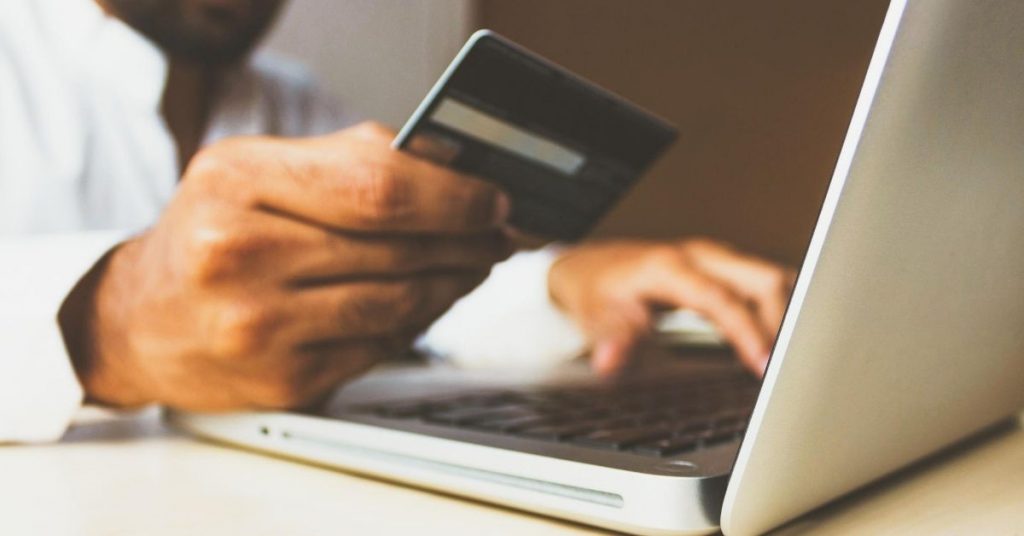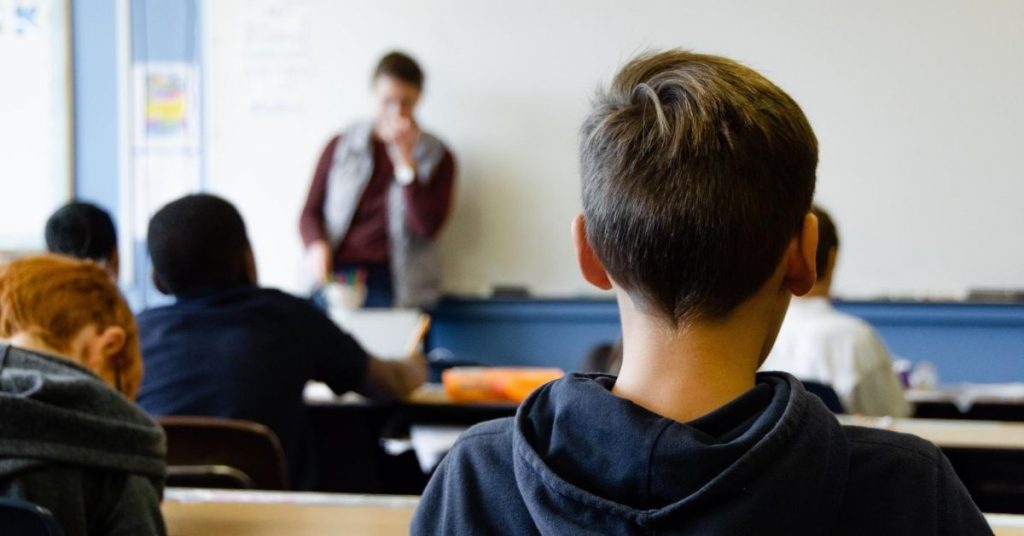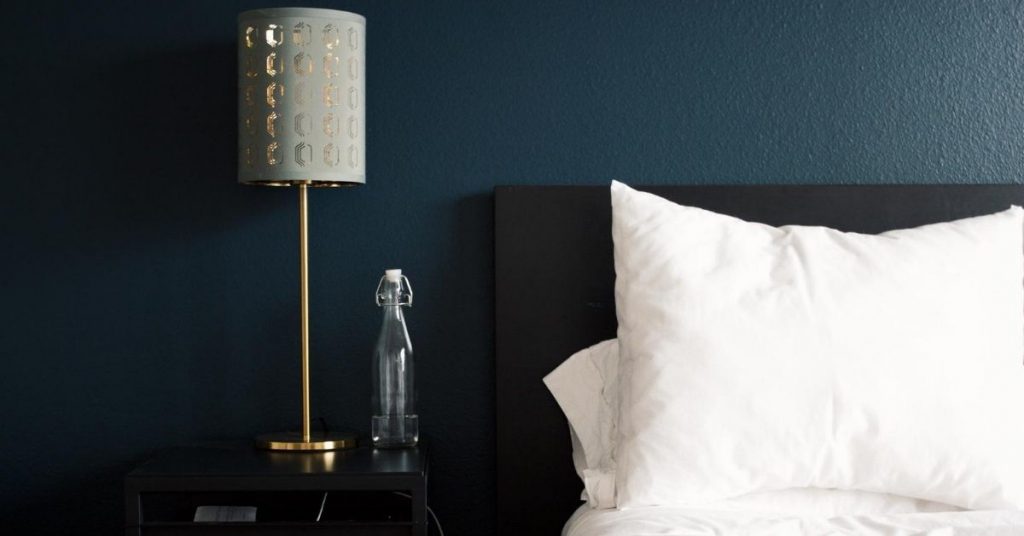By: Michael McQueen
Whatever the circumstance, one thing we can be sure of is that the future is coming. No matter the success of the standards and systems of the past, disruption is inevitable. Incidentally, it is in crises that the future often arrives. Think back to some of the biggest technological innovations of the past and you will find yourself in the greatest wars and struggles of history.
COVID is no different. The past few months have seen the future that we knew was awaiting us arrive far ahead of schedule bringing with it the innovations and solutions that we were promised in a decade.
One key way that COVID has brought the future to the present is in how it is ushering in the online world more dramatically than ever before. Remote work, online schooling and digital gatherings have meant the most in-person parts of our lives have been pushed into the online world, and we have all been forced to see that the online world does actually work as well as promised.
Beyond simple work and social life, however, COVID has also pushed banking and retail online far ahead of schedule. While success rates of the physical retail world have been dwindling steadily for years and digital options for banking and shopping have been made much more prevalent, full immersion in the online world has remained a thing of the future… until now.

COVID has understandably brought about an unprecedented need for online options for groceries and other retail services. With lockdown measures in place and the general fear of infection being widely felt, the incentive to conduct both purchases and transactions online is great. Handling money and interacting with physical stores simply poses too great a risk for many people and many are turning to the options of the online world.
Existing online businesses and e-commerce options saw extreme leaps in sales while hybrid services struggled to keep up with the increase in online demand. One online grocery store in New York jumped 60% in online activity in March 2020 compared to March 2019[1].
I’m sure many of us would have experienced at some point this year the effect of these increases in demand, with the delays in deliveries being almost guaranteed with most online purchases.
The clothing retailer, Zara, is among those that are accelerating their online strategies and fully embracing the digital age. Despite already owning multiple online clothing giants, Zara’s parent company, Inditex, plans to have 25% of its sales occurring online by 2022[2].
The company’s commitment to this goal is evident in its planned closure of over 1000 stores worldwide[3]. This will enable the company’s renewed focus on their online platforms. Online shopping has been growing for years with brands like ASOS, and The Iconic conducting their business online for a wide market. However, with brands like this embracing their online futures so rapidly, our current crisis’s impact on this transition is clearly visible.
Also a member of this online conversion is the banking sector, with digital payments invading the banking world since the start of COVID. Many businesses and individuals have turned away the option of cash over the course of the virus on account of health concerns, and home delivery and online options for shopping have made online modes of payment much more prevalent. ATM and branch closures have come with this transition, offering banks the opportunity to save money on those operations[4].

Leaders within the Big 4 Banks are on the whole unanimous in their sentiments regarding this transition, viewing it as one which was bound to happen, but which arrived early and occurred rapidly.
‘Permanent change… has just been made in 10 weeks. It would have taken us another 5 years,’ states Ross McEwan, the CEO of NAB[5].
Especially in the area of banking with its levels of bureaucracy, its societal power and its long history, making changes in the face of disruption has been almost avoidable. However, in the face of dramatic social changes, even the banks had to shift gears.
Not only will the system changes with bank bureaucracies stick for the years to come, but so will the changes in consumer behaviour as people have adapted to a new way of living by picking up the habits of the future. Bureaucracies and consumers alike are quickly and necessarily losing their cynicism towards online options as they are continuing to prove themselves to be real and viable options in the face of a new world.
Many remain sceptical, however, and believe these changes to retail and banking will be undone by a return to ‘normal’ life. The large demand for physical stores that previously existed in many parts of retail, particularly in areas such as furniture and decoration is said by some to be too large for online purchases to continue post-COVID.
For banking, some pose warnings of the potential pitfalls of such a rapid online transition[6]. With projections including the existing number of ATMs in Australia halving because of the impact of the pandemic, there are fears for those customers who will be left behind by the dramatic changes. For perhaps older generations with limited abilities to fully engage with the online world, the sudden loss of local bank branches and the growing number of businesses refusing to deal in cash could prove challenging.
For most others though, these transitions to the way we deal with our money and products are here to stay, and could potentially bring with them greater convenience, flexibility and security. While these changes may have felt sudden, they were in reality certain, and what this time has proved to us is that disruption is characteristically unprecedented and unpredicted. The vast majority of us as customers and businesses would do well to embrace the opportunities that these changes have to offer, and to move with the times regardless of how quickly and unexpectedly they arrive.

Along with lockdowns, shopping frenzies and social distancing, COVID has brought the technologies that we once reserved for years down the track right to our doorstep. While Augmented Reality (AR) and Artificial Intelligence (AI) have slowly but surely been infiltrating our daily lives in recent years, COVID has accelerated this to an unprecedented extent.
Since AR arrived on the scene, most people have thought of it merely as an entertaining novelty, serving no further purpose than enhancing games and giving unsuspecting individuals who put on the goggles a fright. However, with the travel bans and distancing measures of COVID making many work interactions impossible, AR has provided a COVID-safe and shockingly futuristic way of conducting work.[7]
Global semiconductor manufacturer, Intel, faced just this problem when one of their top engineers could not be flown in to solve a pressing manufacturing issue. Donning his AR goggles, he was able to examine the issue up close and remotely give repair instructions to engineers.[8] Volkswagen did the same in its repair processes when experts were stranded, using AR to bring the expert, technician and issue together.
For Intel and the broader chip industry, the successful use of AR under unprecedented circumstances has led to a greater integration of its technology into everyday processes. Where once any kind of camera technology posed a threat to trade secrets, the capabilities it enabled in these circumstances are too beneficial to overlook.[9]
Schools around the world are also having to alter systems that once served them well for a world that nobody anticipated. Artificial Intelligence is helping them do it.

One school in Las Vegas, and many throughout China, is using AI to monitor students as they enter, checking their temperature using thermal technology to prevent potentially infected people from entering. Conveniently, this technology uses its facial recognition capabilities to take attendance.[10]
Social distancing is also measured using AI in schools as it monitors areas with high levels of traffic. Educational institutions across the world are expressing interest in this surveillance technology as they buckle down into building systems for a socially-distanced world that is yet to show any signs of budging.[11]
In some cases, wearable surveillance technology is on offer, measuring distancing and monitoring contact and encouraging 1.5m or 6 feet for all those involved. One of these wearable technologies is being offered at a university in Michigan, and has been labelled the ‘BioButton’, as it is pinned to the chest and measures the vital signs of the wearer.[12]
Unsurprisingly, privacy concerns have been raised surrounding this surveillance technology, and both businesses and individuals are having to weigh up two different kinds of security: privacy and health.
AI and its utilisation in the era of COVID, however, has not been limited to surveillance. The hotel industry, which has taken a huge hit with the collapse of travel, has been using AI to enhance safety measures for hotel guests. With some horror stories circulating the media and with COVID making a germaphobe of us all, perhaps the most strategic move hotels can make is to ease the concerns of customers in terms of hotel cleanliness.[13]

Using voice activated technology, guests in many hotels can ‘make a call’ to make special requests and can control lighting and television remotes – some of the places within hotel rooms that are notorious for spreading germs.[14]
Beyond Artificial Intelligence, guests at MGM Resorts International hotels have the option of conducting their check in, processing their payment and accessing their room key all through a mobile app, rather than interact with staff. However, this does mean that the redundancy of many workers in the hotel industry, while perhaps not being as extreme moving forward, is set to continue.[15]
The hospitality industry more broadly is finding that embracing emerging technologies is the only way to reconcile social distancing and business. The chain bakery store, Panera Bread, has introduced a curbside service in an attempt to encourage sales by taking away the threat of the in-store queues.[16]
Customers place an order through an app, register their vehicle, and have the option of using geocaching technology or simply pressing ‘I’m Here’, so that an employee can deliver their order to their car. Considering that Panera is attributing 65% of its revenue to these digital sales, it is clear that the integration of this technology into everyday processes is the key to survival for hospitality businesses.[17]
In the world of customer service across industries like banking, healthcare and retail, Artificial Intelligence is yet again proving necessary for ongoing survival. Chatbots have been part of our daily life for years – if you have ever asked a question online or interacted with a website, you have probably spoken to a chatbot.
However, as online ordering has spiked in the era of distancing, these technologies are proving to be the make or break for businesses in these sectors in terms of automating customer service and administration. The healthcare sector and governments have been using conversational technology online which assists individuals with assessing symptoms and deciding whether to seek treatment or self-isolate. Chatbots were very much becoming part of our new normal – COVID has seen that new normal arrive.[18]
The world is fast discovering that in order to last the distance, it must keep the distance, and the technologies that have been on offer are the only viable way of making this happen. While this crisis is entirely unique, it is consistent with all disruptions in that the way to survive it is to move with the tides rather than attempt to hold them back.
Article supplied with thanks to Michael McQueen.
About the Author: Michael is a trends forecaster, business strategist and award-winning conference speaker.
Feature image: Photo by Tom Parkes on Unsplash.
1]CBInsights, ‘The Post-Covid World,’ CBInsights, 24 August.
[2]Ryan, C 2020, ‘Zara’s Owner Bets Crisis Will Speed Up Fashion’s Big Trend,’ The Wall Street Journal, 24 August. [3]Ibid. [4]Yeates, C 2020, ‘COVID speeds up digital banking revolution in ‘10 weeks not 5 years’’, Sydney Morning Herald, 24 August. [5]Ibid. [6]CBInsights, ‘The Post-Covid World,’ CBInsights, 24 August. [7] Fitch, A 2020, ‘Coronavirus Makes AR’s Potential a Reality for Chip Makers,’ The Wall Street Journal, 31 August. [8] Ibid. [9] Ibid. [10] Heilweil, R 2020, ‘The dystopian tech that companies are selling to help schools reopen sooner,’ Vox, 31 August. [11] Ibid. [12] Ibid. [13] Castellanos, S 2020, ‘Hospitality Industry Turns to Tech to Lure Guests Back,’ The Wall Street Journal, 31 August. [14] Ibid. [15] Ibid. [16] Lalley, H 2020, ‘Panera Adds Geocaching to Curbside Pickup,’ Restaurant Business, 31 August. [17]Ibid. [18]CBInsights, ‘The Post-Covid World,’ CBInsights, 24 August.